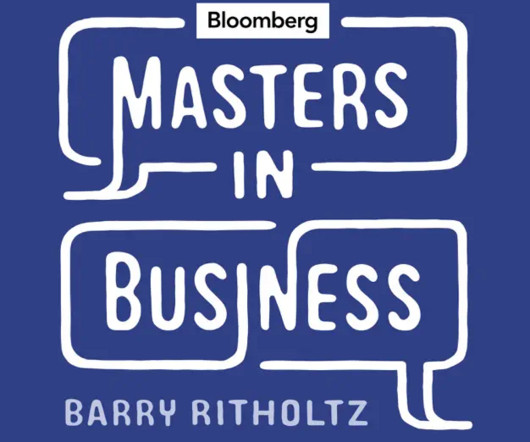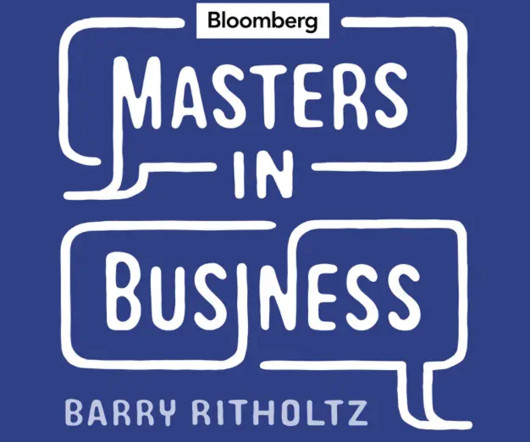10 Types of Financial Models
The Finance Weekly
OCTOBER 29, 2024
Financial models are essential for organizations, helping forecast financial performance using historical data and future projections. This practice allows businesses, investors, and finance professionals to evaluate investment opportunities, assess risks, forecast future scenarios, and support strategic decision-making.


















Let's personalize your content